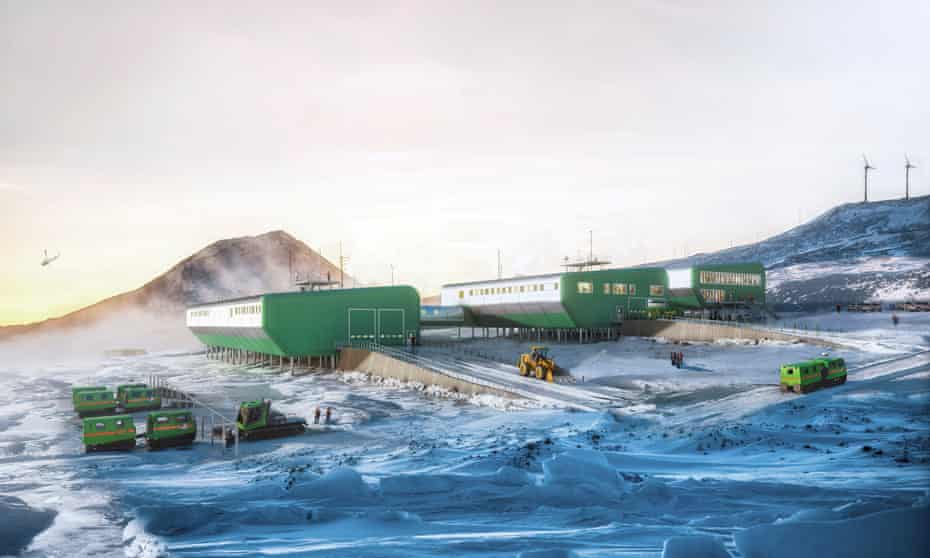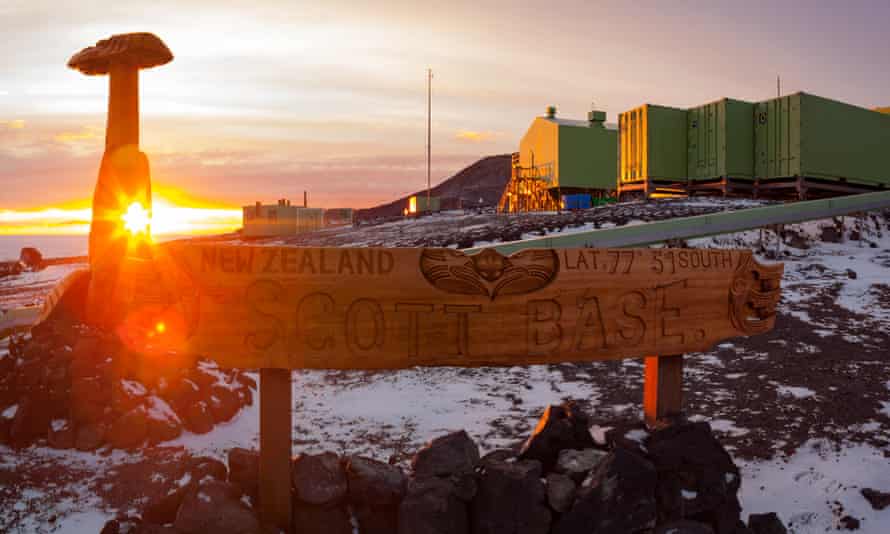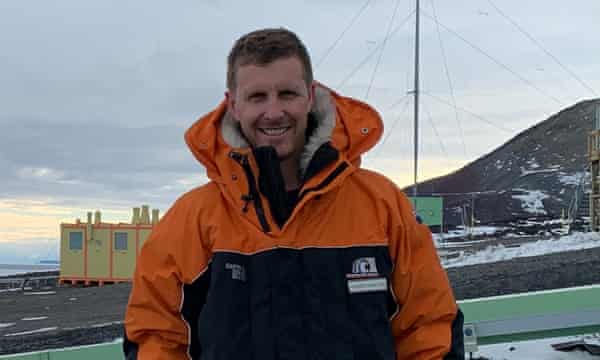“You start to see some wear and tear. We’re starting to see failures and risks with things … that keep people alive and fed, watered and so on. If the failures are significant, you basically only have one option: to leave.”
Simon Shelton has visited Antarctica 19 times, sometimes staying through the long, dark winters, and has seen first-hand the gradual decline of Scott Base, New Zealand’s only outpost on the continent, and a hub of scientific research, particularly on the impact of the climate crisis.
On Thursday, New Zealand announced in its annual budget that it would spend more than NZ$300m (£152m) to preserve the future of Scott Base, and Shelton will be a major part of the rebuilding project.
He is in for a long haul. The build is expected to take around six years – an ambitious project, made more challenging by long winters. “In winter, you have four months of absolute pitch black darkness in the middle of the day. So it’s quite challenging for things like unloading cargo or carrying out repairs outside of the base,” Shelton says.

Sustaining a human presence on the vast, icy continent means doing constant battle with the elements: a desert of ice, temperatures around -57 degrees Celsius, humidity near zero, and winds exceeding 160km/h. “It’s extremely cold. It’s really, really dry … it sort of takes you about a month to adjust,” Shelton, the senior project manager for the rebuild, says.
Those conditions take an enormous toll on the bases that host researchers and scientists from around the world. Up to 86 people can be accommodated at any one time; during the summer season, more than 300 people stay on base. But it has been in decline for years, plagued by leaky buildings, old water tanks and ageing electrical systems. The last base was built in the 1980s. Over time, the extreme cold and dryness affects the buildings and infrastructure – warping and shrinking materials, until the snow and ice break through. A 2021 report on the state of the base found that “the majority of engineering and life-support systems … are now operating beyond their intended lifespan. There are many single points of failure that would have significant impacts”.
A geopolitical outpost
The focus of Scott Base is scientific research. But maintaining a presence in mineral-rich Antarctica is also seen as vital for many countries from a geopolitical perspective. Russia and China have both said they are planning to prospect for natural resources on the continent, despite a longstanding agreement banning it. China has a particularly swiftly growing presence in Antarctica, and officials have said its focus is to “take advantage of ocean and polar resources”.
New Zealand’s foreign minister, Nanaia Mahuta, said in a statement the spending would “ensure Scott Base remains a place where our scientists can conduct world-leading science safely and effectively. Their research to understand how climate change affects Antarctica, and the flow-on impacts to Aotearoa New Zealand and the rest of the world, is critically important.
“Doing nothing would eventually lead to the closure of the base,” she said.

antzkiwi(at)gmail(dot)com/Antarctica New Zealand
The new buildings will be constructed in New Zealand, and shipped fully formed, about 4,000km across the Southern Ocean. The government anticipates the project will create about 700 jobs. While many of those will be construction workers in New Zealand, some will also be based in Antarctica, Shelton says: “carrying site work, driving diggers and excavators, preparing the ground to receive these buildings”.

As well as replacing the buildings, a significant chunk of funding will go to installing new wind turbines, which will help transition the base to renewable energy. At present, Scott Base depends on diesel generators for about 75% of its energy supply – the new base will be 98% powered by renewables.
The funding includes capital investment of $306m, and project operating costs of $38m.

Average Rating